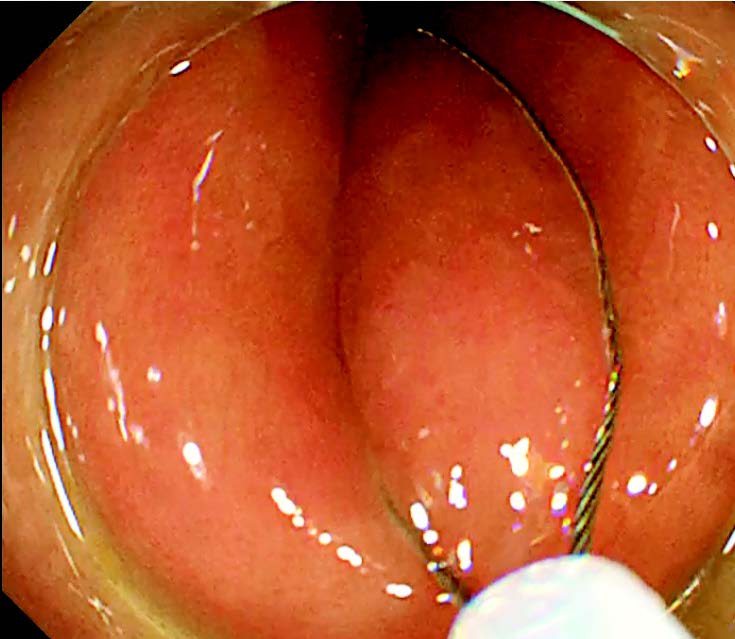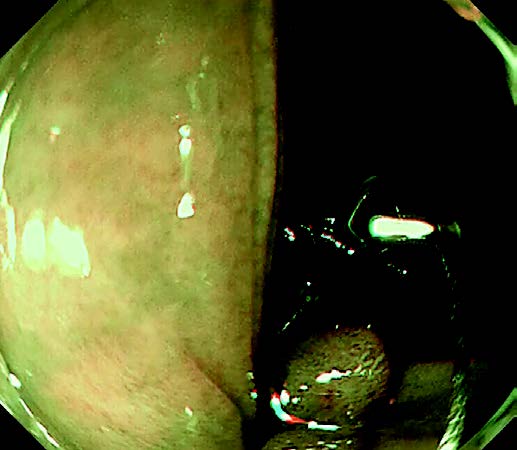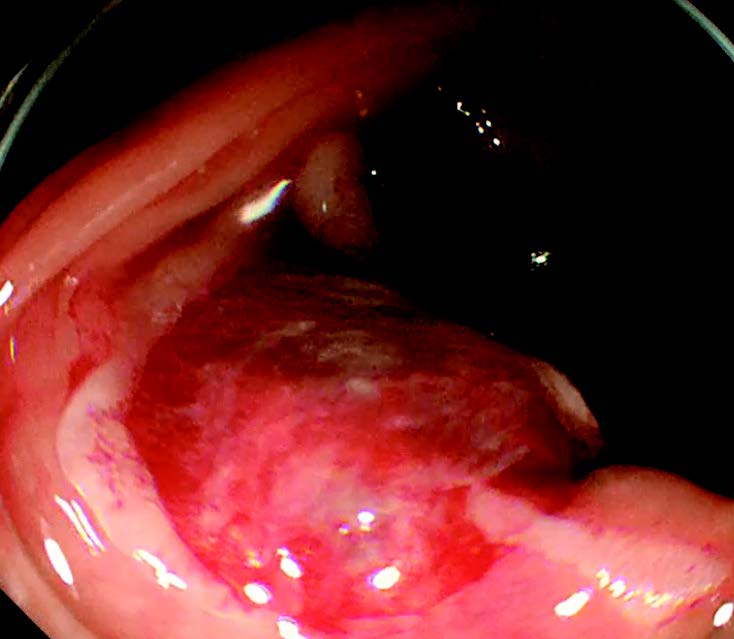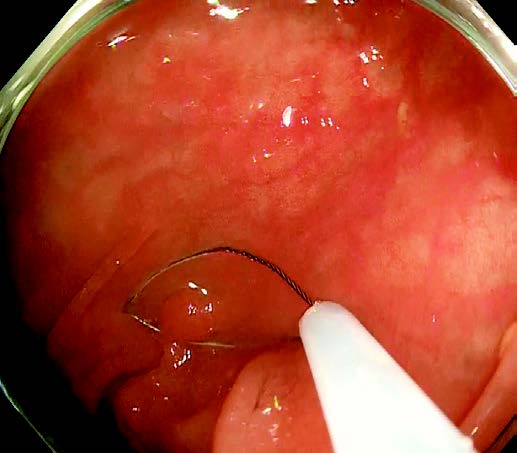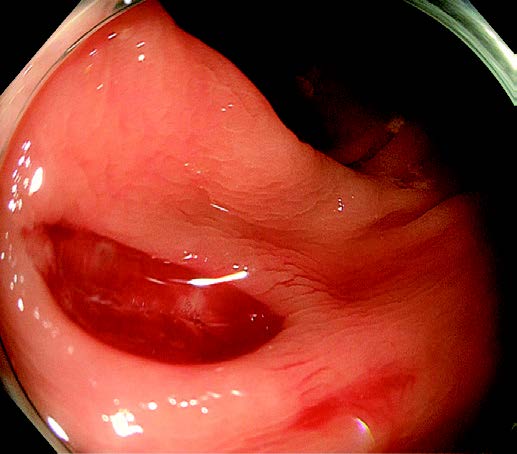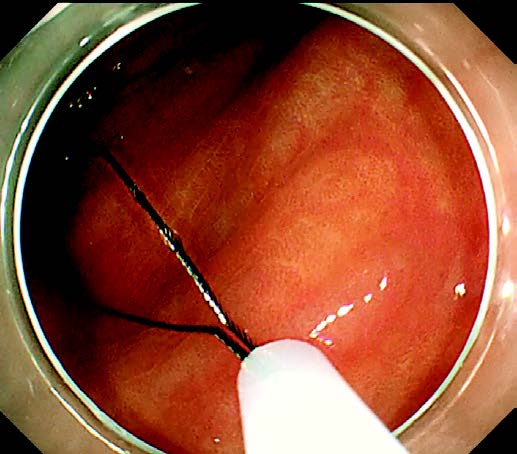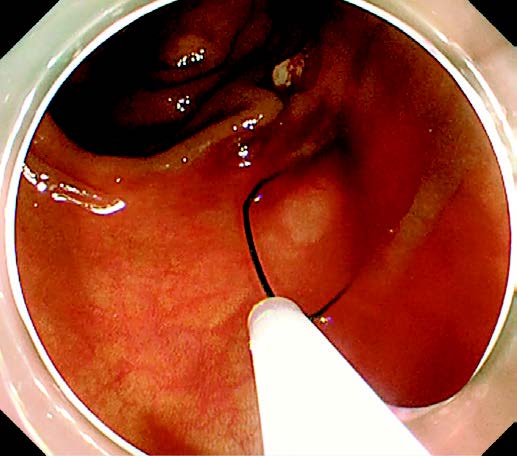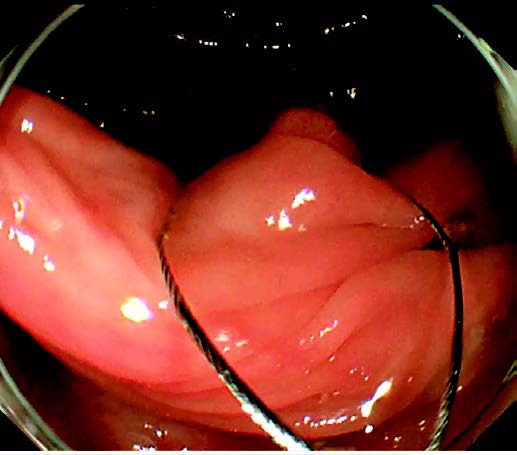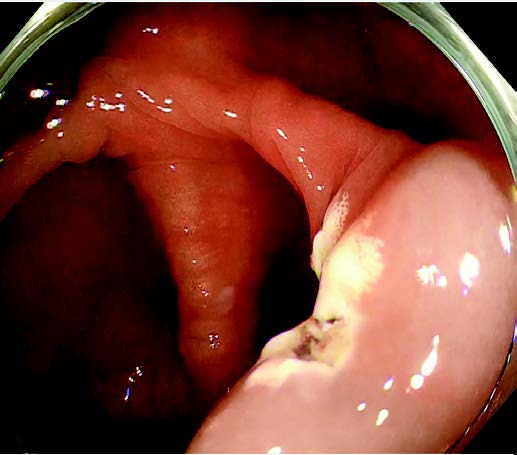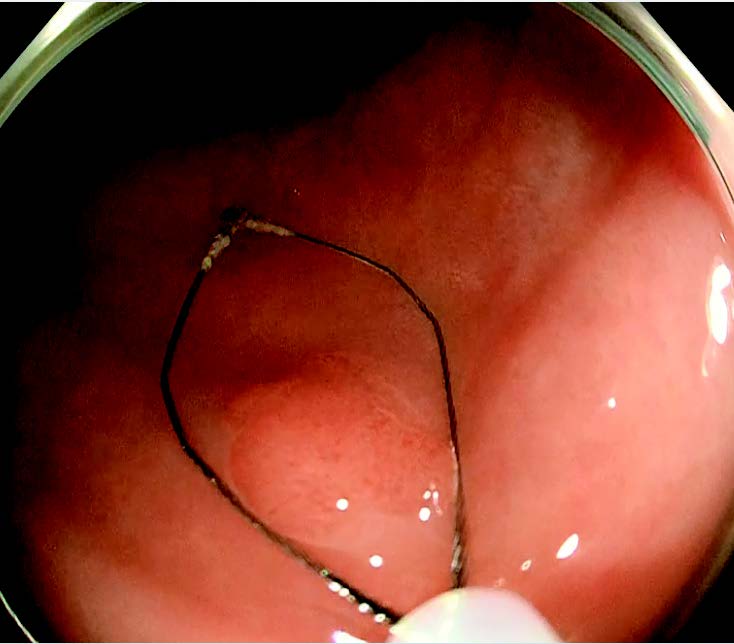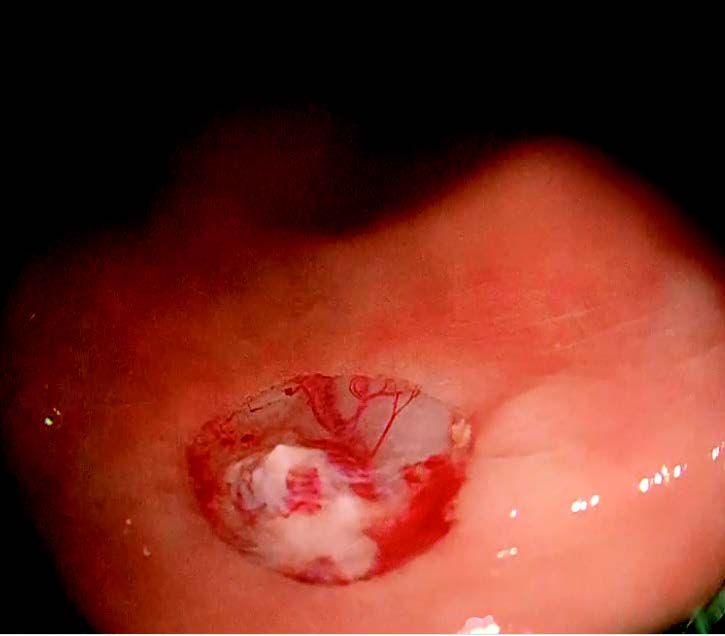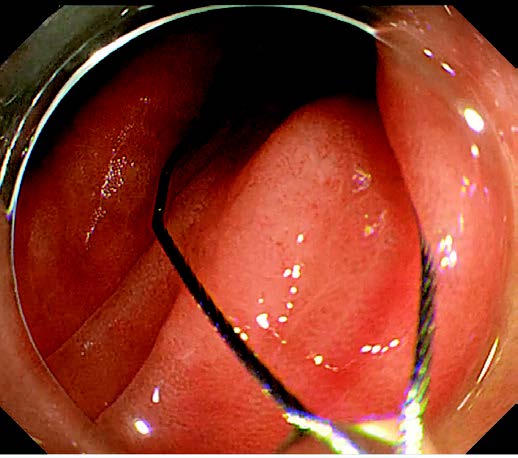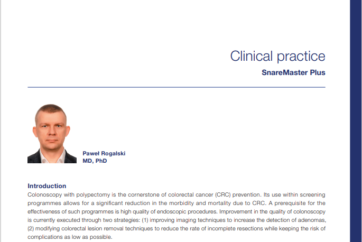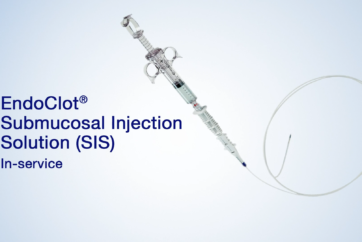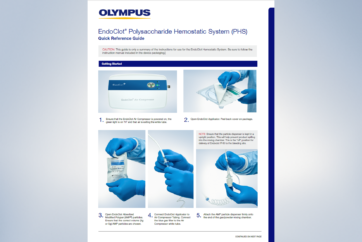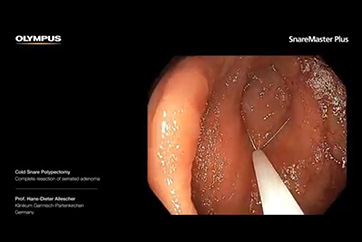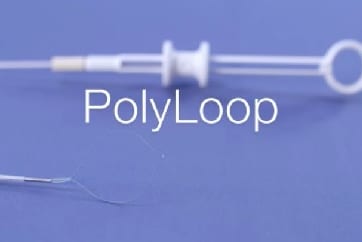
Host
Dr. Naohisa Yahagi
Division of Research & Development
for Minimally Invasive Treatment,
Keio University Hospital Cancer Center

Speaker
Dr. Yoji Takeuchi
Gastrointestinal Oncology,
Osaka International Cancer Institute
From the host
Colorectal polyps mostly present as small lesions measuring less than 10 mm; therefore, the application of cold snare polypectomy (CSP), as a technique for safe polypectomy, has increased in recent years. However, the existing snares complicate removal of lesions with the surrounding mucosa during CSP. In such cases, hot snare polypectomy using electrocautery is often required to complete the procedure. I found that the new type of snare developed by Olympus Medical Systems Corp., SnareMaster Plus device, provides a clean cut and adheres well to the mucosa due to its optimal flexibility. In this presentation, Dr. Takeuchi, an endoscopy expert from the Osaka International Cancer Institute, will explain the treatment strategies for colorectal polyps, including his clinical experience with SnareMaster Plus device (Single Use Electrosurgical Snare SD-400).
Discussion on the safety of CSP
Cold snare polypectomy (CSP) has been reported to cause significantly less postoperative bleeding than conventional polypectomy in the treatment of colorectal polyps, even in patients undergoing antithrombotic therapy.1 Furthermore, CSP is being performed frequently in Japan as a minimally invasive treatment. At the Osaka International Cancer Institute, we performed CSP on 1,288 colorectal polyps that were less than 10 mm in size in 348 patients who were not under anticoagulant therapy. The rate of postpolypectomy bleeding until the day after the procedure was 0.3% (4/1,288 lesions). Since all four cases of bleeding were exudative and stopped spontaneously after a while, I believe that CSP is a safe technique with a low rate of post-treatment bleeding.
In addition, the results of a randomized controlled trial (CRESCENT study), a multicenter study conducted in Japan to compare the rates of complete resection of colorectal polyps between CSP and conventional polypectomy, demonstrated that CSP did not reduce the complete resection rate (98% vs. 97%).2
A complete resection rate comparable to that of conventional polypectomy is possible by CSP, along with lower risk of post-treatment bleeding;1 therefore, I believe that CSP could be adopted as a standard technique for the management of colorectal polyps.
Challenges in CSP and benefits of using SnareMaster™ Plus device
I. Achieving high sharpness
When performing CSP, I attempt to remove the lesion with a large margin to avoid any remnants, even in cases of small polyps. However, in some cases, removing a polyp with the surrounding normal mucosa can be time-consuming. Moreover, in some cases, polyp removal may not be possible and hot snare polypectomy (HSP) with electrocautery may be required. From these experiences, I have realized that for CSP, the performance of the snare is critical.
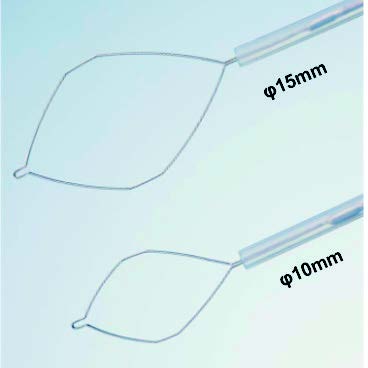
The new SnareMaster Plus device (Olympus Medical Systems Corp.; Figure 1) has a thinner wire than the existing Olympus snares. Considering the smaller contact area with the mucosa, pressure can be applied easily when entrapping a polyp. In fact, I felt that the SnareMaster Plus device provided greater sharpness than the existing Olympus snares during CSP.
The lesions could be removed smoothly with SnareMaster Plus device, with minimal resistance (Figure 2a). Furthermore, despite the high sharpness, the amount of bleeding was the same as that of the existing snares, and the bleeding stopped spontaneously without the need for additional hemostatic measures. Moreover, despite an excessive resection margin of normal mucosa while removing a lesion located in the hepatic flexure, which could have complicated removal (Figure 2b), a large area with a noticeably clean mucosal defect edge could be resected with SnareMaster Plus device (Figure 2c).
Figure 2. High sharpness of SnareMaster Plus device during CSP
The loop of the SnareMaster Plus device has an oval-like hexagon shape (Figure 1), designed to retain its width even when the loop is made smaller. Therefore, in my experience, it is easy to entrap diminutive polyps with normal mucosa measuring less than 5 mm, enabling appropriate resection with minimal remnants (Figures 3a and 3b).
Figure 3. SnareMaster Plus device results in appropriate resection through
II. Improved adherence to the mucosa with optimal flexibility
During CSP, the snare adheres to the colorectal mucosa and entraps the polyp to be removed.
When using stiff snares, it is difficult to press down the proximal end of the loop on the mucosa. This
creates a gap between the proximal end of the snare and the mucosa, which could lead to polyp remnants.
In my experience, the flexibility of the SnareMaster™ Plus device is very comfortable to use. It is not too hard or too soft, which supports easy bending of its proximal part, which makes it easy to press down on the mucosa, yet the distal end does not warp (Figure 4a). SnareMaster Plus device adheres well to the mucosa which enables smooth entrapment and resection. Thus, multiple polyps can be removed within a short period of time (Figure 4b).
Figure 4. The flexibility of the SnareMaster Plus device is designed to make it easier to press down on and adhere well to the mucosa, which is intended to
III. Hybrid snare that also enables Hot Snaring
Fifteen percent of the initial cases that were considered for CSP included lesions requiring resection by EMR. SnareMaster Plus device is a
hybrid snare that can be used for conventional polypectomy and EMR. Therefore, hot snaring can be performed without changing the snares
in the event of encountering an EMR-indicated lesion, such as an elevated lesion or a suspected cancerous lesion, during removal of a small polyp by CSP. (Figures 5a and 5b).
In my experience, the loop of the SnareMaster Plus device can be easily pressed down on the mucosa even during EMR, lesions elevated by injection could be captured and removed smoothly (Figure 5b).
However, as the current density increases in the thin wire, in my opinion, the frequency should be set to a value lower than that for conventional snares.
Figure 5. SnareMaster Plus device can be used for conventional polypectomy and EMR by energizing the device
IV. Function of the snare is maintained after repeated use
When performing CSP after HSP or performing CSP multiple times in one patient, there could be concerns that sharpness and flexibility of the snares get worn out. In my experience, the shape of the snare and its ability to cut remained the same, and the mucosal defect edges were clean even after removal of multiple polyps by both CSP and HSP (Figures 6a and 6b). There was no difference in the ease of pressing down on the mucosa, or shape of the snare and its ability to cut despite performing CSP more than 30 times (Figure 6c).
Figure 6. The functionality of the snare remained the same after repeated use of SnareMaster Plus device in one patient
In my opinion, SnareMaster Plus device has multiple advantages, such as high sharpness of the thin wire and optimal flexibility, which makes it easy to press down on and adhere well to the mucosa, enabling easy entrapment and resection for various location and shape of lesions during CSP. In addition, considering that both conventional HSP and EMR can be performed without changing the snares, I believe that SnareMaster Plus device is a helpful device for clinical cases.

